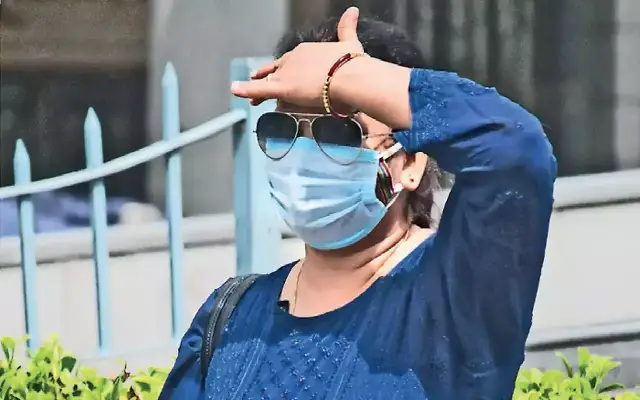Experts lament that, despite India’s recent history of heatwaves, climate change has not been brought up in the election discourse, even though the Election Commission of India (ECI) took the appropriate steps by forming a task force to address the effects of extreme heatwaves on voters.
“Although authorities concerned are doing their best as compared with earlier times, we still do not have policies that consider heat as a major parameter,” stated Roxy Mathew Koll, senior scientist at the Indian Institute of Tropical Meteorology in Pune.
For example, despite the extreme heat that has been plaguing Pune, schools are still open. This is because the city has no policy for it because it is not located in an area that is prone to heatwaves. In a similar vein, labor policies also lack any. We must develop policies that include a clause allowing for a reduction in working hours. The effects of climate change are becoming too great for us to ignore.
For example, schools are still open in Pune despite the city’s extreme heatwave. This is due to the lack of a city strategy for it, as it does not come within a heatwave-prone area. In a similar vein, labor policy is nonexistent. Policies that include a clause reducing working hours must be worked on. The effects of climate change are now something we cannot continue to ignore.
From March 1 through April 30 of this year, 181 cases of heat stroke were reported by the Maharashtra health authorities. In March of this year, there were 27 cases of heat stroke overall, and in April, there were 154 cases reported. The cities with the most cases were Nashik (21) Chandrapur (20), Wardha (19), and Jalna and Sindhudurg (10 apiece). Thirteen heat stroke instances were reported in Solapur, compared to seven in Pune.
A US research organization called Climate Central reports that since voting started, 36 out of 51 major Indian cities have had three or more days above 37°C, and 18 of these cities have had more than three days above 40°C in April.
The urban heat island effect has been caused, among other things, by concrete roads and increased building activity, according to Dr. Harshal Salve, additional professor of community medicine at AIIMS, New Delhi, who spoke with The Indian Express. The local government must put dust-settling techniques into practice, such as watering the roadway.
Urban heat islands, or UHIs, are created when a city experiences much higher temperatures than neighboring rural areas. Dr. Harshal Pandve, professor and head of the department of community medicine at Pimpri Chinchwad YCM, explained this phenomenon.
“The difference in temperature between urban and less-developed rural areas has to do with how well the surfaces in each environment absorb and hold heat. Climate change combined with the high level of building in urban and semi-urban areas will make this UHI phenomenon worse. To deal with it, we must take the initiative,” he continued.




